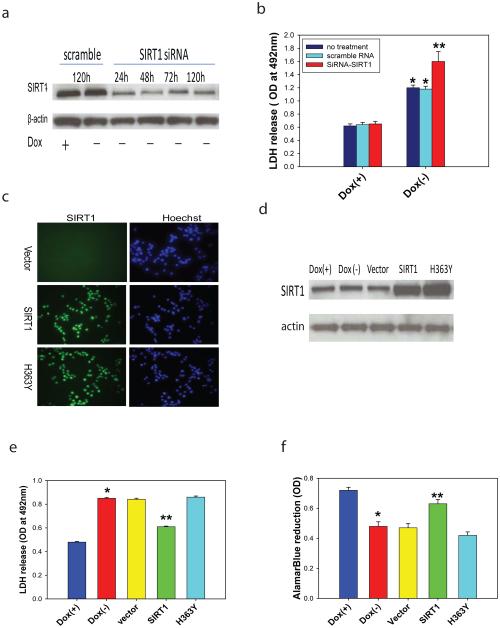Figure 3. Ablation of endogenous SIRT1 exacerbates mutant Htt toxicity and deacetylase activity of SIRT1 is required for its neuroprotection in HD.
(a-b) Reduction of SIRT1 exacerbates mutant Htt-induced toxicity. SIRT1 protein levels were reduced by siRNAs (25 nM) (a) and reduction of SIRT1 increased mutant Htt-induced toxicity (b). Values are mean ± S.D. from three independent experiments. *p<0.05 compared to the value of corresponding Dox(+)group, **p<0.05 compared to the value of scramble RNA-treated Dox(−) group by Student’s t-tests. (c-d) Overexpression of SIRT1 or deacetylase defect SIRT1 (H363Y) was introduced by retrovirus infection. Expression of SIRT1 was confirmed by immunostaining (c) and Western blot analysis (d). (e-f) Mutant Htt expression was induced by withdrawal of doxycycline (Dox) in NGF-differentiated PC12 cells. Overexpression of SIRT1 rescued mutant Htt-induced cell toxicity indicated by reduction of LDH release (e) and increase of AlamarBlue reduction (f). Values are mean ± S.E.M. from three independent experiments. *p<0.05 compared to the value of corresponding Dox(+)group, **p<0.05 compared to the value of vector-transfected Dox(−) group by Student’s t-tests.

